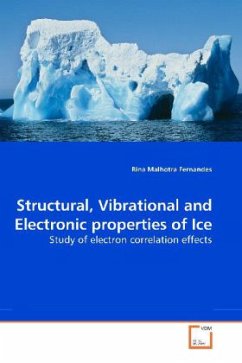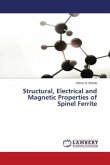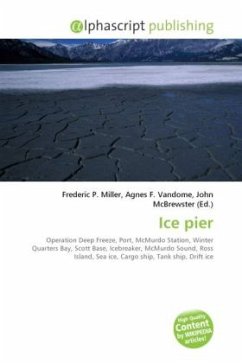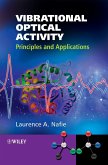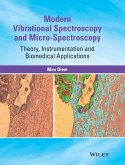The availability of roboust quantum chemical codes and the extraordinary improvement of computer capabilities are among the causes of the great growth of Quantum Mechanical simulations in Chemistry, Solid State Physics and Material Science. The CRYSTAL code can compute a wide spectrum of Solid State properties of crystalline materials: minimum-energy structure, harmonic vibrational frequencies, thermodynamic properties, band structures, density of states, electronic density, X- rays factors, Compton pro les, piezoelectricity, etc. Simulations, however, do not constitute an orthogonal reality with respect to that of the loboratory. The experience of the last years has demonstrated the substantial incompleteness of both ones or that the collaboration between theoreticians and experimentalists is a necessity for either one.
Bitte wählen Sie Ihr Anliegen aus.
Rechnungen
Retourenschein anfordern
Bestellstatus
Storno

